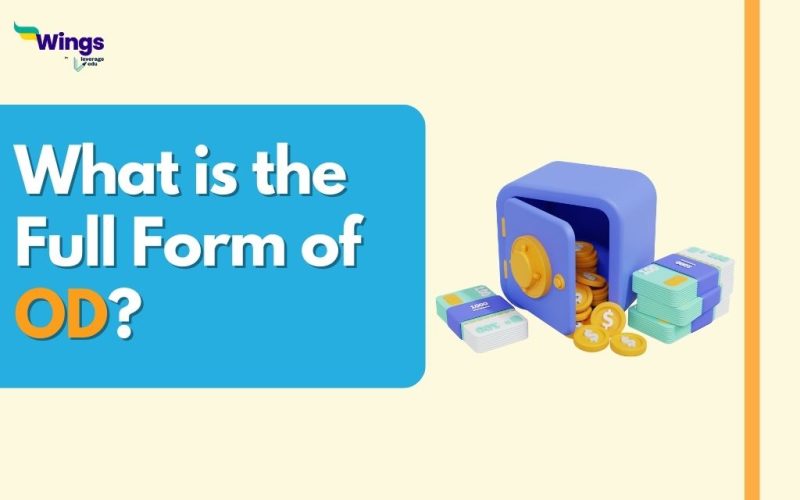The full form of OD is an overdraft. An overdraft in banking is a financial facility that allows an account holder to withdraw more money than they have available in their bank account. It creates a negative balance, and the account holder essentially borrows funds from the bank up to a predetermined limit. Overdrafts are typically subject to interest charges and are sometimes accompanied by additional fees. They provide short-term liquidity for individuals and businesses to cover expenses or bridge temporary cash flow gaps. Overdrafts can be either authorised or unauthorised, with authorised overdrafts agreed upon with the bank in advance and unauthorised ones occurring when the account goes into a negative balance without prior arrangement.
Also Read: List of Banking Courses
How Does An Overdraft Protection Work?
Table of Contents [show]
Overdraft protection is a service provided by banks that allows an account holder to avoid insufficient funds fees and declined transactions when their account balance goes below zero. When a transaction would exceed the available balance, the bank covers the difference, creating a negative balance. This service may come with fees and interest charges on the overdrawn amount. It helps prevent bounced checks and declined payments, providing a buffer for temporary financial shortfalls.
Also Read: What is a CIBIL Score?
What is an Overdraft Fee?
An overdraft fee is a charge imposed by a bank when an account holder uses overdraft protection to cover a transaction that exceeds their available balance. When the account goes into a negative balance, the bank charges a fee for the convenience of allowing the transaction to go through. These fees can vary depending on the bank and the specific account terms. Overdraft fees serve as a penalty for exceeding the available funds in the account and can add to the overall cost of managing one’s finances.
Also Read: Letter of Credit
Pros and Cons of Overdraft
Let us now learn about some pros and cons of overdraft before opting for this banking service. This will help you while making transactions with insufficient funds.
Pros of Overdraft:
Here are certain benefits of an overdraft:
- Allows transactions to go through even when there are insufficient funds, avoiding declined payments.
- Prevents the embarrassment and fees associated with bounced checks.
- Provides a short-term buffer during financial emergencies or unexpected expenses.
- Activates automatically if enrolled, ensuring continuous account functionality.
Also Read: Career as a Banker
Cons of Overdraft
Here are some disadvantages of an overdraft:
- Overdrafts come with high fees and interest charges, increasing the overall cost of using this service.
- Frequent use may lead to a cycle of debt, making it difficult to escape financial struggles.
- Opting out of overdraft protection can be cumbersome, leaving customers with a service they may not want.
- Overdraft limits may not cover substantial expenses, leaving larger financial gaps unaddressed.
Other Full Forms of OD
- Doctor of Optometry
- Omne in Die (Medical Prescription)
- Overdose of Drug
- Organizational Development
| What is the ANSI Full Form? | What is the Full Form of GFR? |
| What is Procedure Established by Law? | What is GDA Full Form? |
| What is the Full Form of CAT? | What is the Full Form of EDP? |
This was all about OD full form. Visit our Full Form Page to discover more intriguing articles about full forms. You can also check out the consolidated 300+ full forms list!
 One app for all your study abroad needs
One app for all your study abroad needs















 45,000+ students trusted us with their dreams. Take the first step today!
45,000+ students trusted us with their dreams. Take the first step today!
